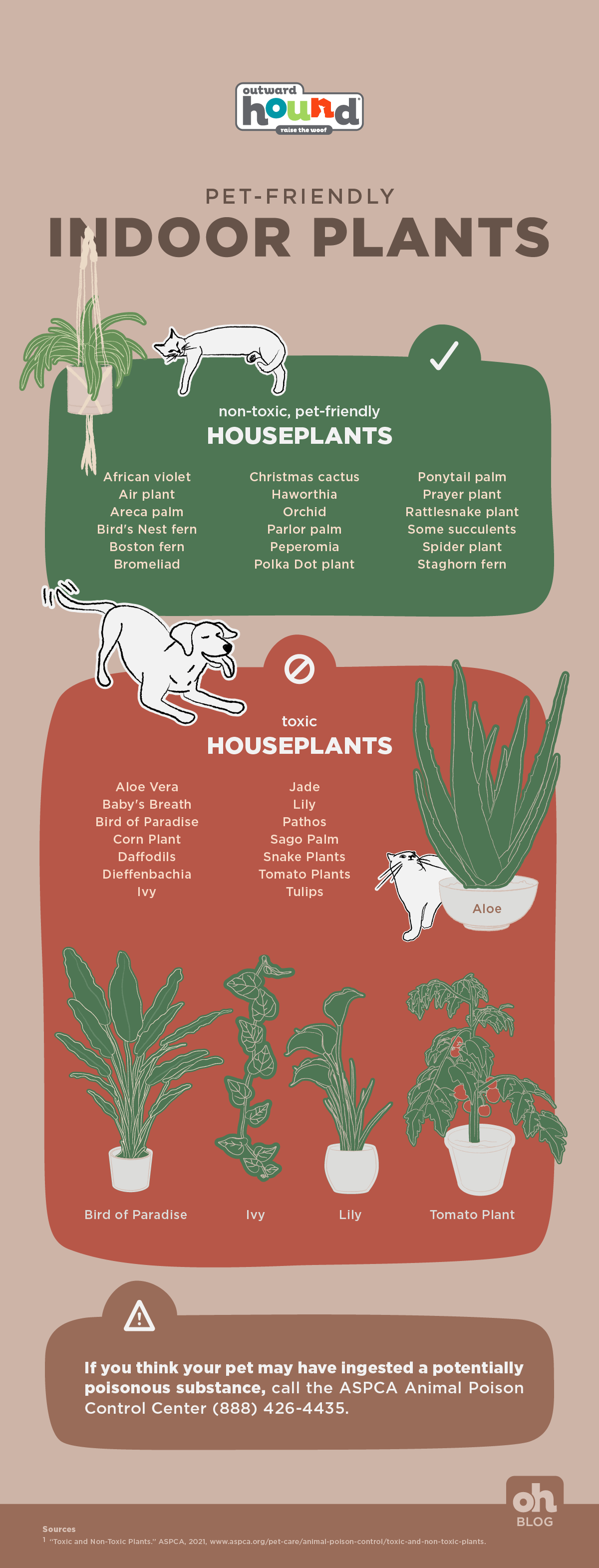Your dogs and cats will often nibble on houseplants for various reasons. If your pet is doing this, you’ll want to make sure you have pet-friendly indoor plants. Your pet may be bored, or perhaps as some people suggest, they have an upset stomach. Other people argue they are trying to make up for a nutritional deficiency.
There are many healthy reasons for having houseplants around. For example, many indoor plants help to purify the air. You don’t want your pets to be consuming them, or if they do, you want plants that are pet safe. Let’s look at some strategies for keeping your furry friends safe from harm.
Greenery Location, Location, Location
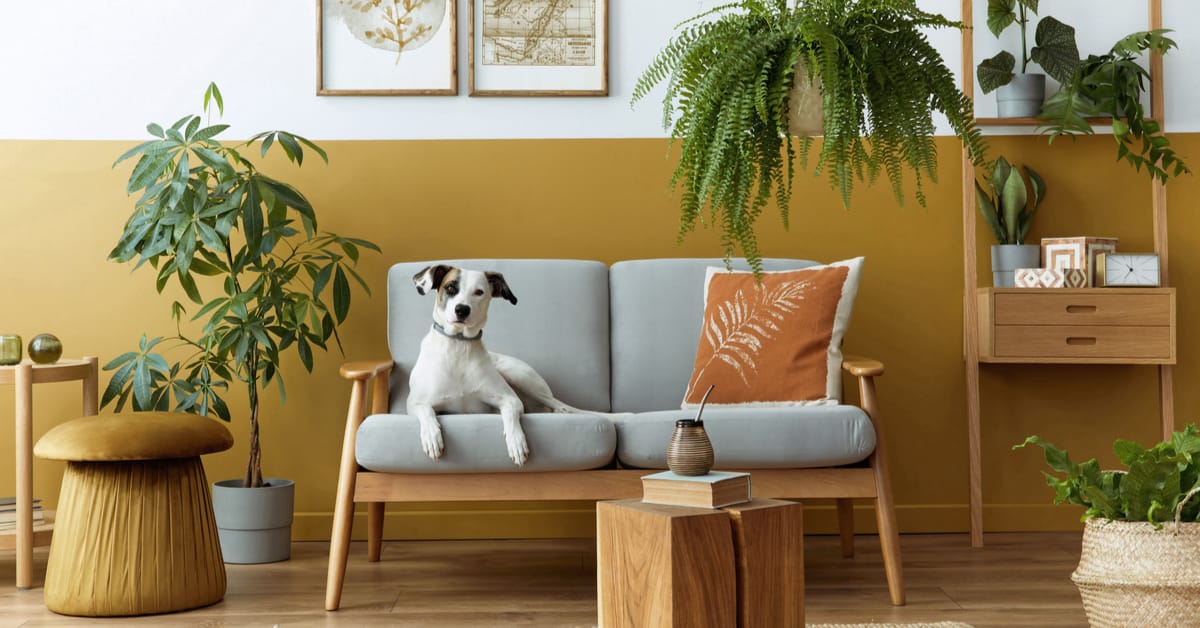
Whatever the reason behind why your cats and dogs might be nibbling on your houseplants, it’s important to make sure they’re not ingesting anything toxic. You want to keep your furry friends safe from toxic plants, so it’s important to know what you can do to prevent them from being poisoned.
Of course, one of the best ways to prevent your pet from ingesting toxic houseplants is to keep the plants someplace where your pets can’t reach them. You might try, for example, putting your plants in hanging baskets out of reach of your pets. This can be both attractive and safe.
The reality is, however, that you don’t want to take the chance that your pet might still get at dangerous plants. For that reason, it’s better to just choose houseplants that are safe for your pet should they decide to try to consume it.
Choose Pet-Friendly Houseplants
While it’s a great idea to position your houseplants in an area that’s pet-safe, you have to consider that they might still find a way to get at them. That’s why it’s also important to choose pet-friendly houseplants like pilea to ensure that even if they do get to them, your furry friends will still be safe.
There are even some plants you might like to have around because they provide natural remedies for your pet, but for now, let’s talk about pet-safe houseplants.
Here are several ASPCA-approved, pet-friendly, popular houseplants, and as a bonus, many of these are also low-maintenance.
Pet-Friendy Indoor Plants: African Violet
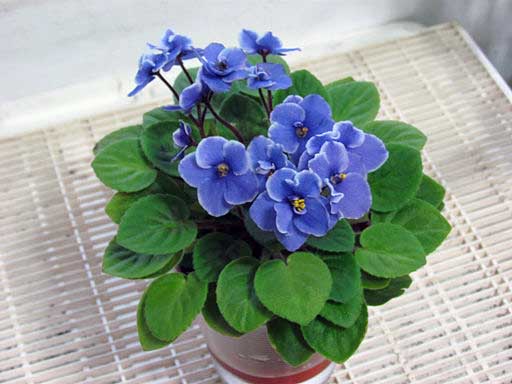
This houseplant is not only pet-friendly, but it also produces beautiful blooms. It is low-maintenance and even thrives without bright light. You only need to keep the soil moderately moist. A good way to water the African violet is to let it soak up water through a pot’s drainage holes. That way you won’t damage the leaves or flower petals.
The African violet is a beautiful flowering houseplant that will brighten even your darkest and smallest spaces. It grows to less than 12 inches tall, and even if your furry friends take a bite out of it, they’ll be safe.
Air Plant
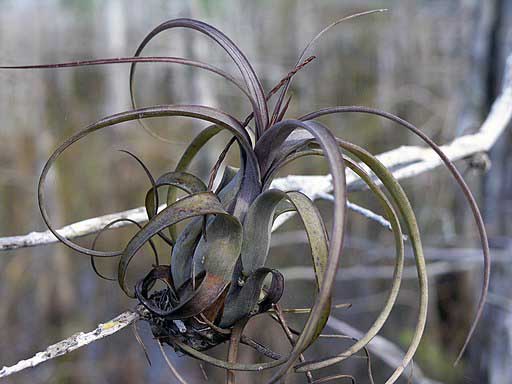
Talk about low-maintenance — these Tillandsia varieties of air plants can’t be beaten, and they’re pet-friendly to boot! These houseplants are so low-maintenance, they don’t even need soil to grow! Most are smaller than 12 inches, and they actually thrive in indirect light.
What’s more, they only need a quick soak in water about once a week. While they won’t harm your pets if they manage to get ahold of them, their spindly, grass-like leaves are very tempting to your furry friends, so you’ll want to put these out of reach. That’s easy to do because they look very chic in glass-blown containers.
Christmas Cactus
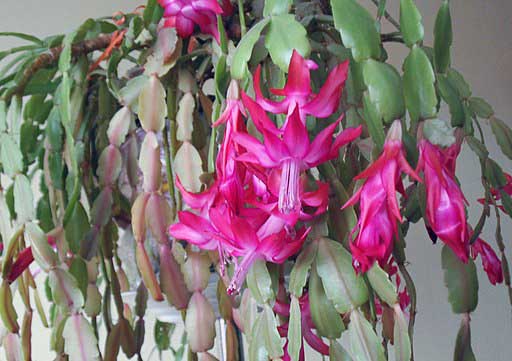
While some holiday plants — notably amaryllis — are toxic to pets, Christmas cacti are nontoxic plants that won’t harm your best friends. Christmas cacti can, however, cause some intestinal discomfort if your pets eat it, but these houseplants aren’t poisonous.
Christmas cacti are very similar to Thanksgiving cacti, and both are pet-safe. They both are also small at less than 12 inches, but they can spread up to two feet. They need to be watered regularly but are low maintenance in the sense that they do best in indirect light.
Rattlesnake Plant
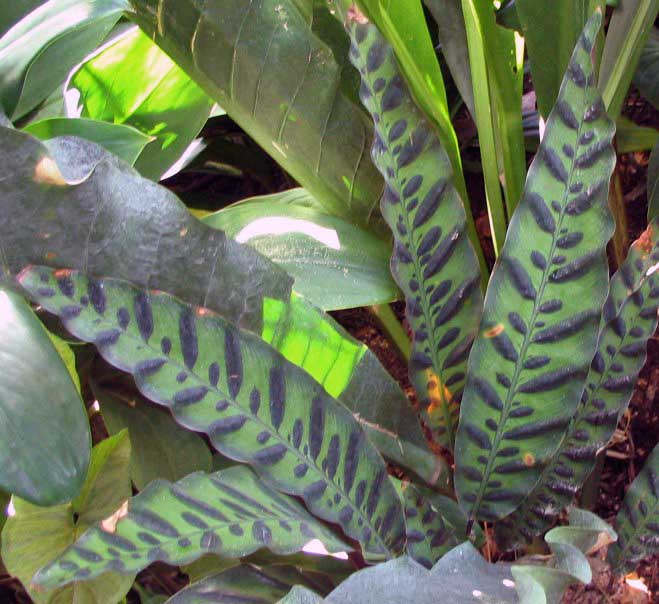
Not to be confused with a snake plant, this low-maintenance houseplant has a deep purple color on the undersides of the leaves. It’s an interesting and beautiful addition to any low-light space. Its scientific name is Calathea lancifola, and it grows best in loose, fast-draining soil.
Rattlesnake plants thrive in indirect light and moderate temperatures. You only water them when the top of the soil feels dry, and it’s also a good idea to spritz water on their leaves. They’re pet-friendly so if Fido or Fluffy gets ahold of them, they’ll be fine.
Ponytail Palm
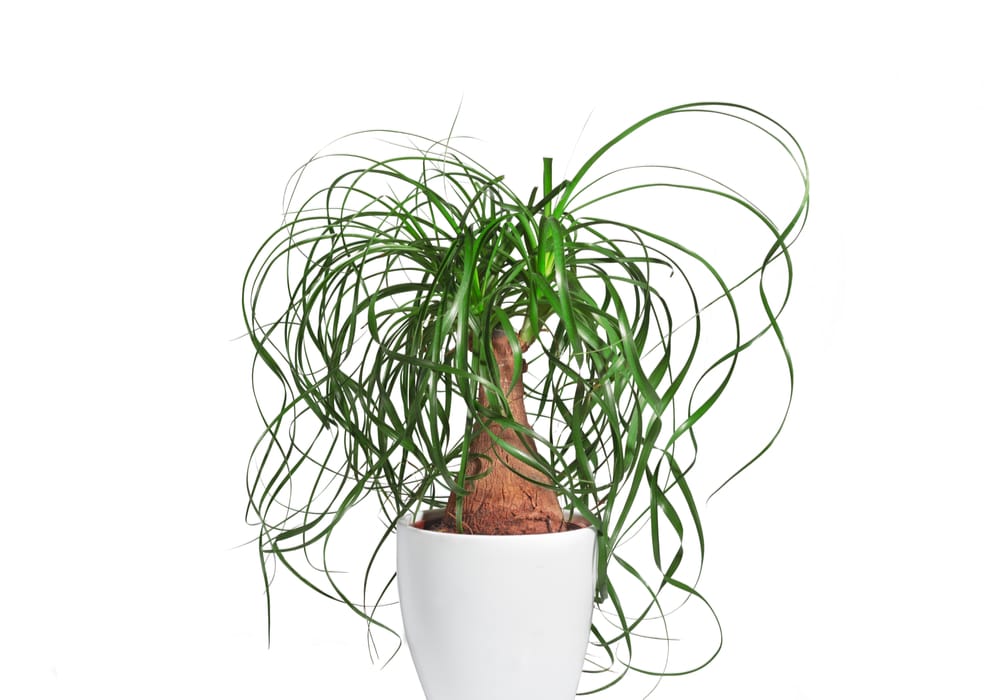
This pet-friendly houseplant has draping fronds that might attract your pets, but you won’t have to worry. Ponytail palms are pet-safe, and they are extremely low maintenance. In fact, you have to worry more about giving them too much water than not enough. They need dry soil.
What’s more, you only need to fertilize them two or three times each year. This makes them a great choice for people who decidedly don’t have a green thumb.
Bird’s Nest Fern

Another great houseplant that’s pet-safe is the bird’s nest fern. It’s low-maintenance in that it thrives in low light, but it does need humidity. That makes the bathroom a great location for this pet-friendly addition to the house.
Even better, these houseplants do best in loose, fast-draining soil, and you only have to fertilize them once a month in the spring and summer. You only water them when the soil on top feels dry. Their squiggly, green leaves may attract your furry friends, but they won’t harm them if they take a bite.
Parlor Palm

For those pet owners who like the idea of having a small tree inside their home, the parlor palm is just right. It’s pet-friendly and low-maintenance which makes it ideal for beginners. It also grows best in indirect light, but it can tolerate low light levels too.
You only water it when the top inch of the soil is dry, and if you treat your parlor palm with love, it can grow up to eight feet in height. That’s bound to attract your furry friends, but fear not, it’s safe for cats and dogs.
Spider Plant

The spider plant is one of the easiest pet-friendly houseplants to grow, and it’s also easy to prune spider plants and grow a new plant from those shoots. These pet-safe houseplants grow best in indirect light though you can also put them in areas of low light.
You should let the soil get completely dry between waterings, and if you treat them right, spider plants will grow to between 12 and 24 inches tall. They will also produce many baby spider plants. You can’t get much more low-maintenance than that!
Certain Succulents
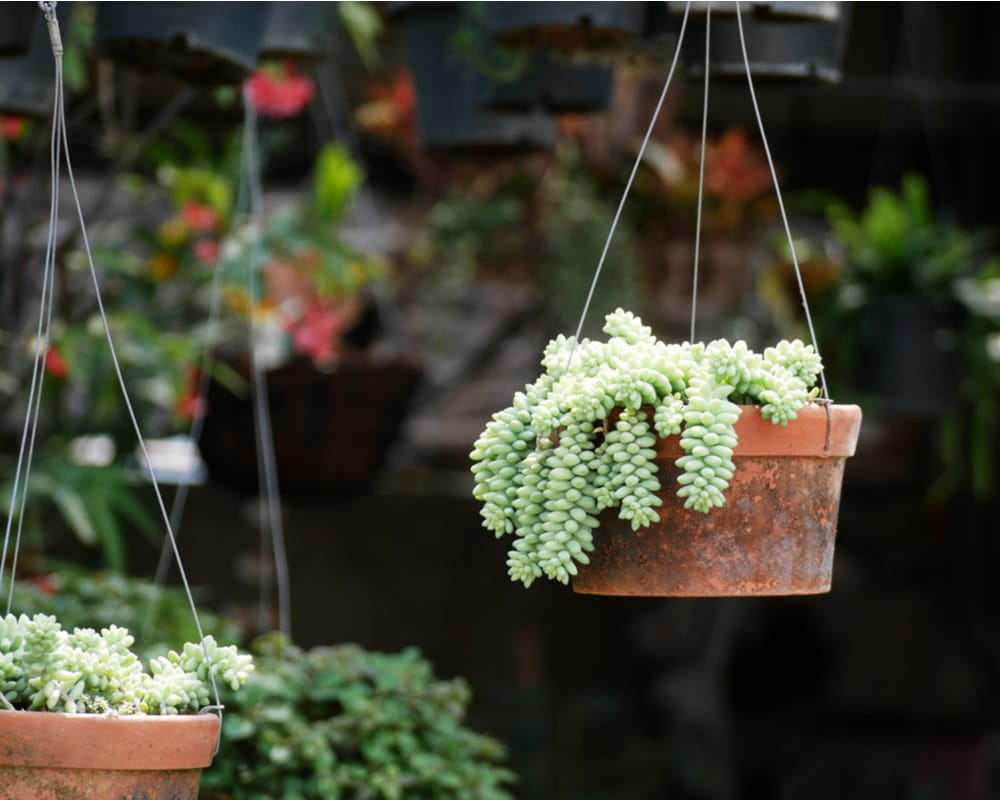
There are a number of popular succulents like echeverias or Burro’s tail that are safe for cats and dogs and low maintenance. You do need to be careful because some succulents like jade are dangerous for your furry friends, so be sure you’re getting the right varieties.
Typically, succulents will grow to a few inches in height, and they do need bright light, so direct sunlight works best, but you will only need to water them every couple of weeks. This makes them a great choice for pet owners who desire low-maintenance houseplants.
Haworthia
Haworthia is among the most low-maintenance houseplants you can find. It’s completely safe for cats and dogs, and it’s almost as easy to care for as a fake succulent plant. You only need to water it once a week and put it in bright light. You can’t go wrong with Haworthia.
Areca Palm
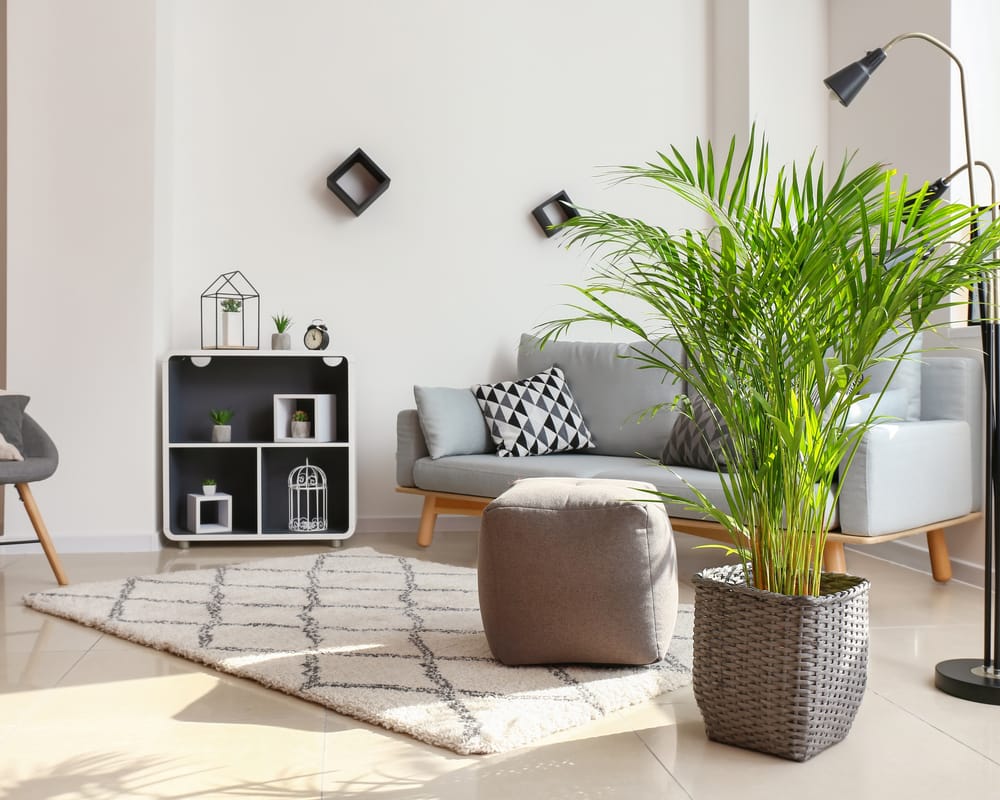
This pet-friendly palm is also called the butterfly palm. It will help make any area feel like you’re relaxing in the tropics. The areca palm is safe for dogs and cats and does best in bright light. You might find that the palm fronds attract your cat and stimulate his play instincts, but it’s completely pet-safe so no need to worry.
It’s also best to allow the soil to dry out completely between waterings, so the areca palm is low maintenance in that sense.
Boston Fern
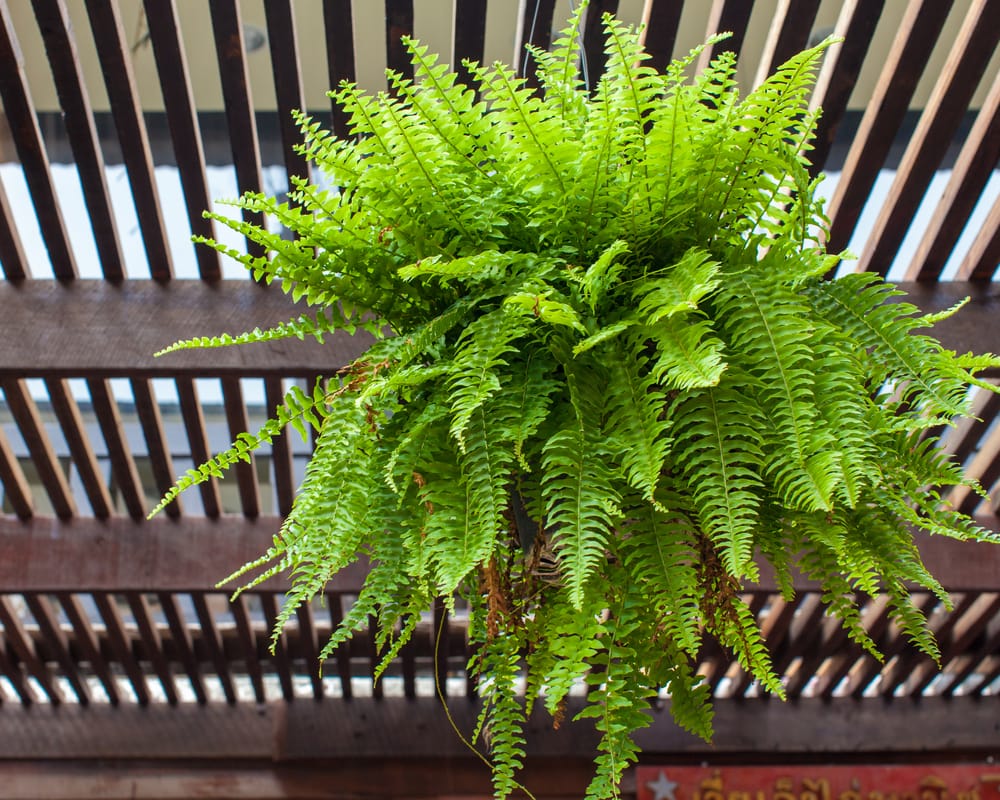
Boston ferns are among the more popular houseplants, and while their shaggy fronds might tempt your furry friends into taking a bite, they are completely safe for cats and dogs. They like humidity and indirect light which makes them a great choice for a bathroom or even a guest room.
Peperomia
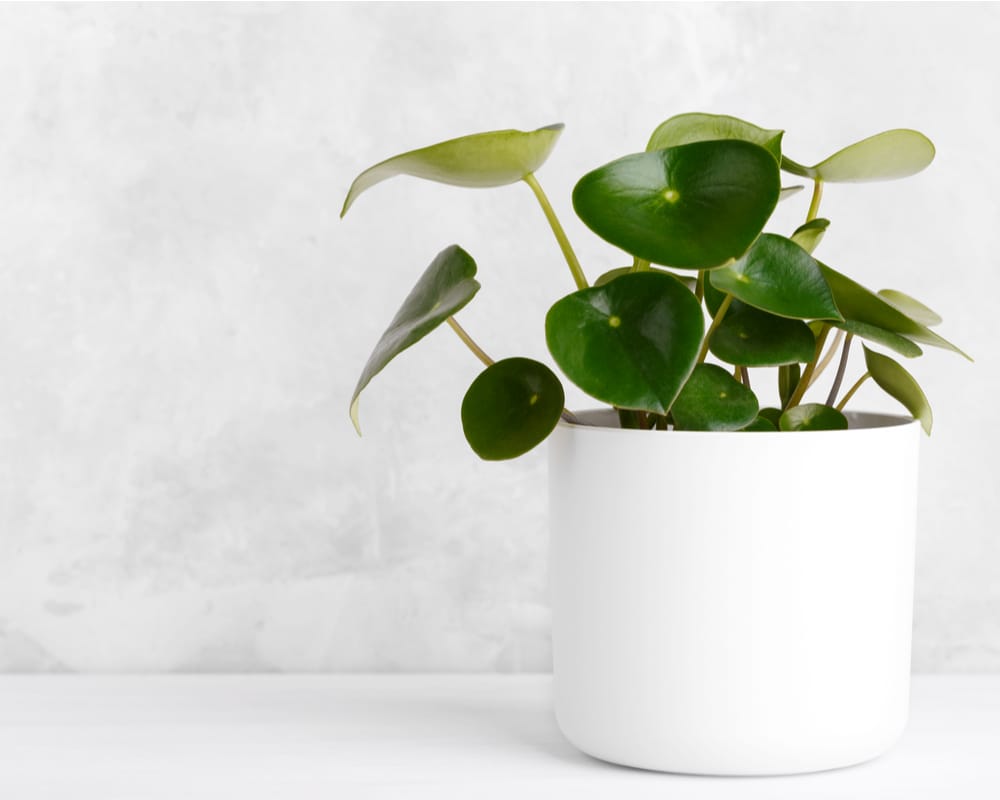
Peperomia species of houseplants have a diversity of colors and textures that makes them among the most popular houseplants. They look really great in hanging baskets and are low maintenance so they won’t mind if you forget to water them every now and again.
Peperomia species are also completely safe for cats and dogs, so you won’t have to worry if one of your best friends gets a mouthful.
Orchids
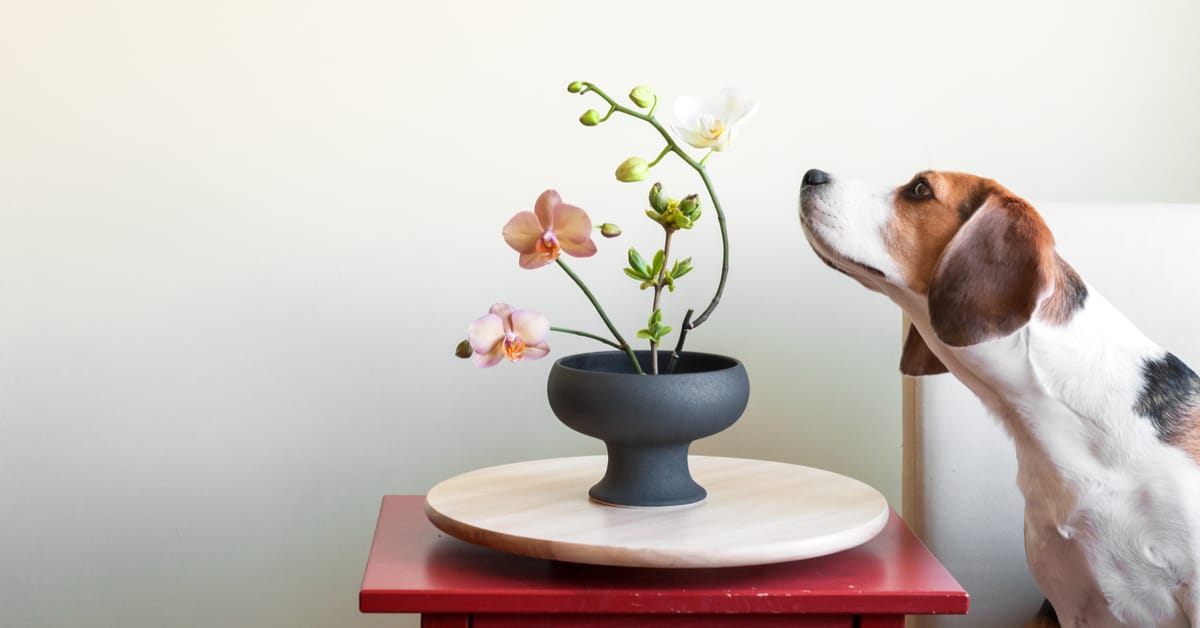
Some of the most beautiful and popular houseplants are orchids. They have gorgeous blooms in the short days of winter and they thrive in low light conditions. They are also able to do well in root-bound conditions which makes them a great low-maintenance choice for beginners. What’s more, they have beautiful colors and shapes, and they are completely pet-safe.
Bromeliad
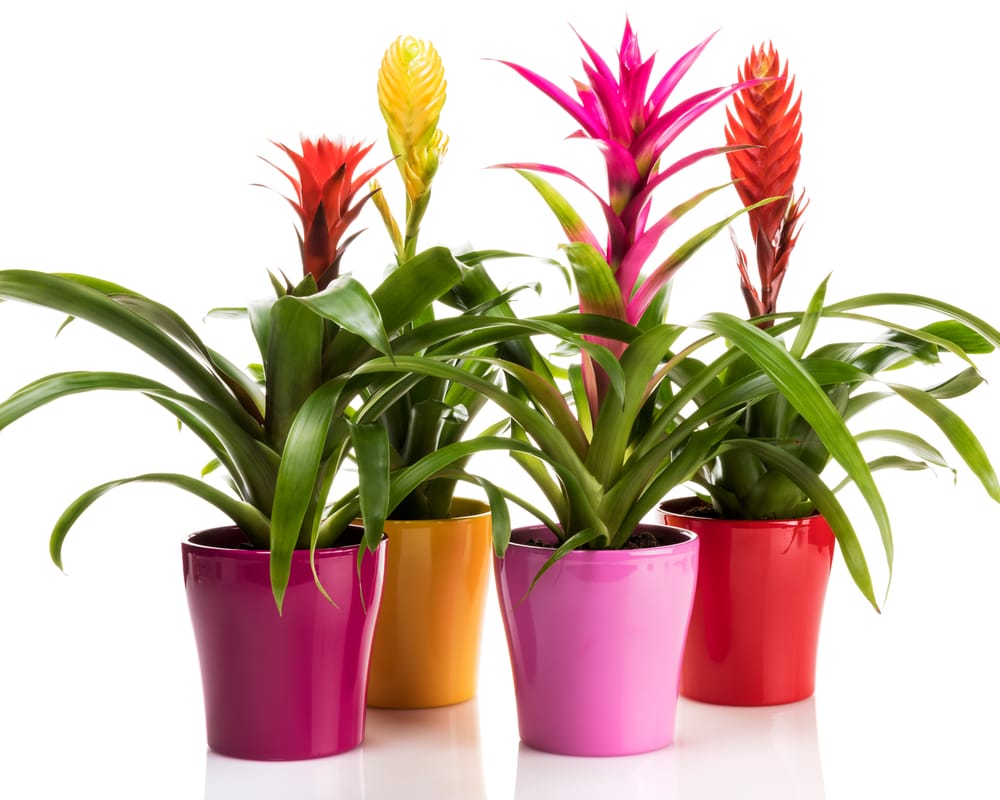
Bromeliads are among the most popular houseplants given their strappy leaves and cone-shaped blooms. They are low maintenance and your window sill where they have access to bright light will do just fine. They do also like humidity, so misting them occasionally or putting them near the humidifier will work just fine.
You can also grow bromeliads as epiphytes, or plant parasites, by attaching them to a log. This makes them even more pet-friendly for pet owners with cats who like to dig in potting soil.
Polka Dot Plant
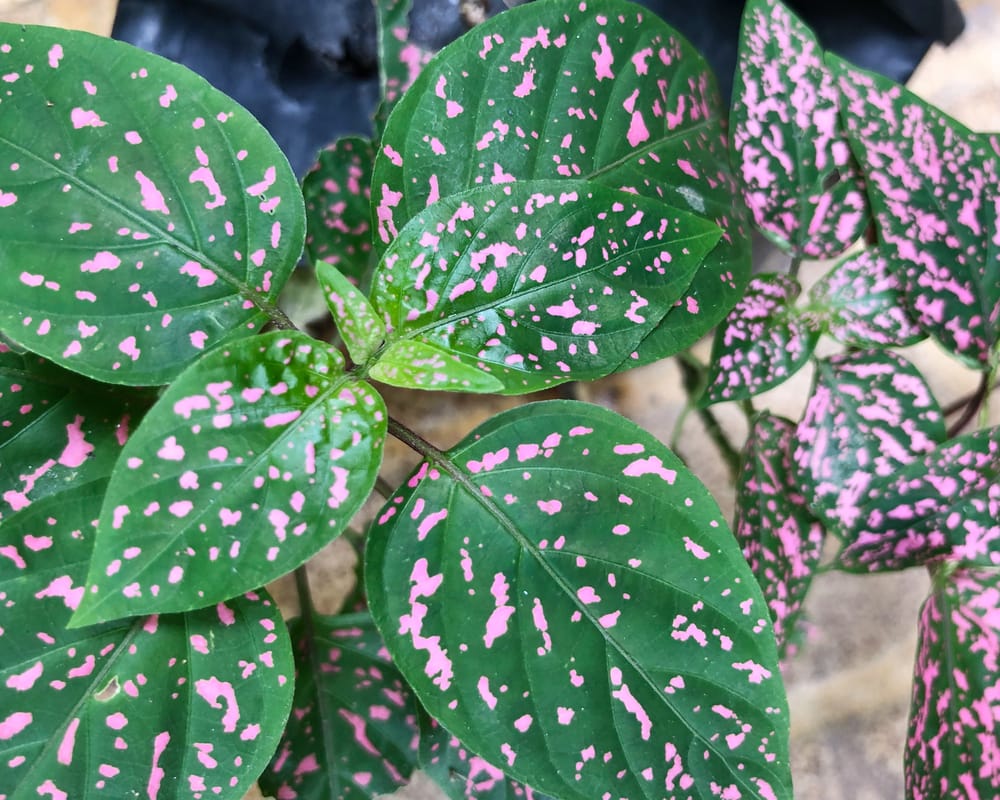
Looking for a splash of color in your pet-friendly houseplant? Look no further than the polka dot plant. It’s a great pet-safe houseplant that grows up to three feet tall, though it usually stays smaller if you put it in a container.
It likes bright, but indirect light and you will need to keep the soil consistently moist, so it’s not the most low-maintenance houseplant on the market, but it’s completely safe for cats and dogs. It also looks great in miniature gardens and terrariums.
Prayer Plant, also known as Calathea
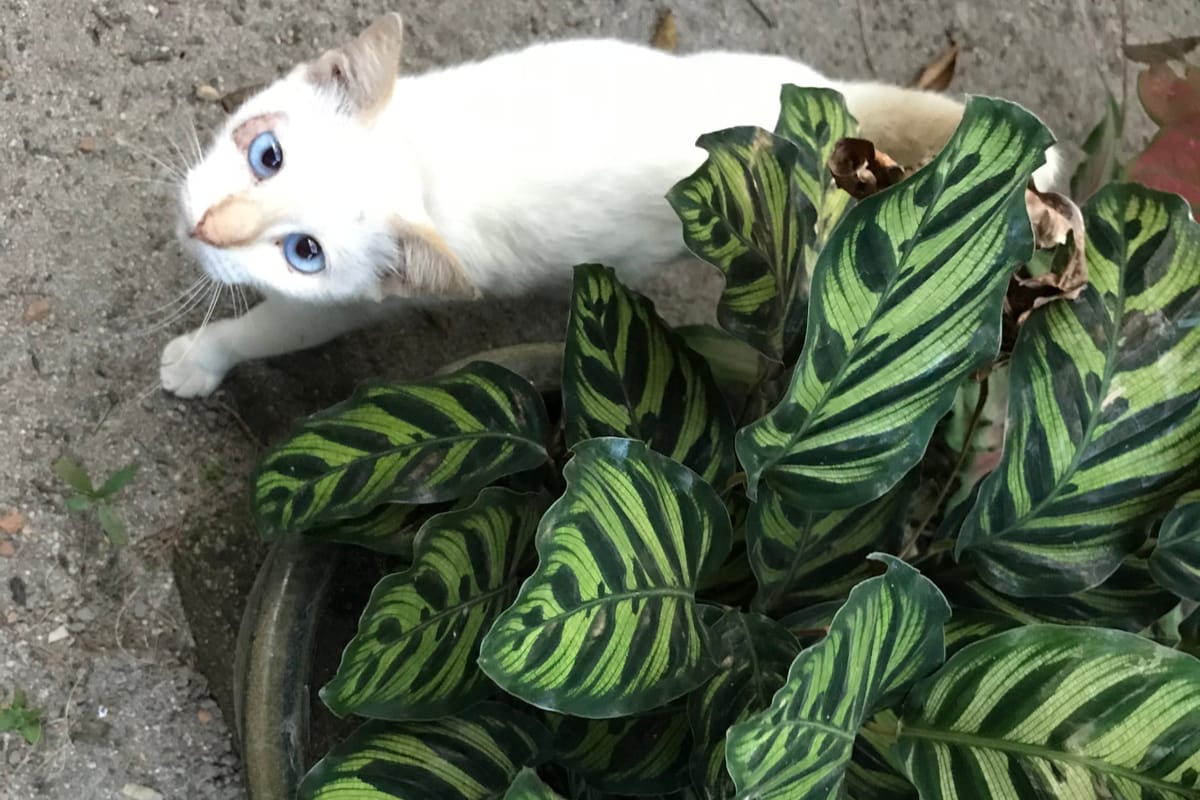
The prayer plant is a great plant for small spaces. It tops out at about six to eight inches and its red, cream, and green leaves will curl up at night. That’s what gives it its name – it looks like it’s praying.
Aside from its beautiful appearance, the prayer plant is among the easiest houseplants to grow. It does best in medium or low light and if the soil dries out between waterings, that’s no problem. Added to that is the fact that it’s completely pet-safe.
Staghorn Fern
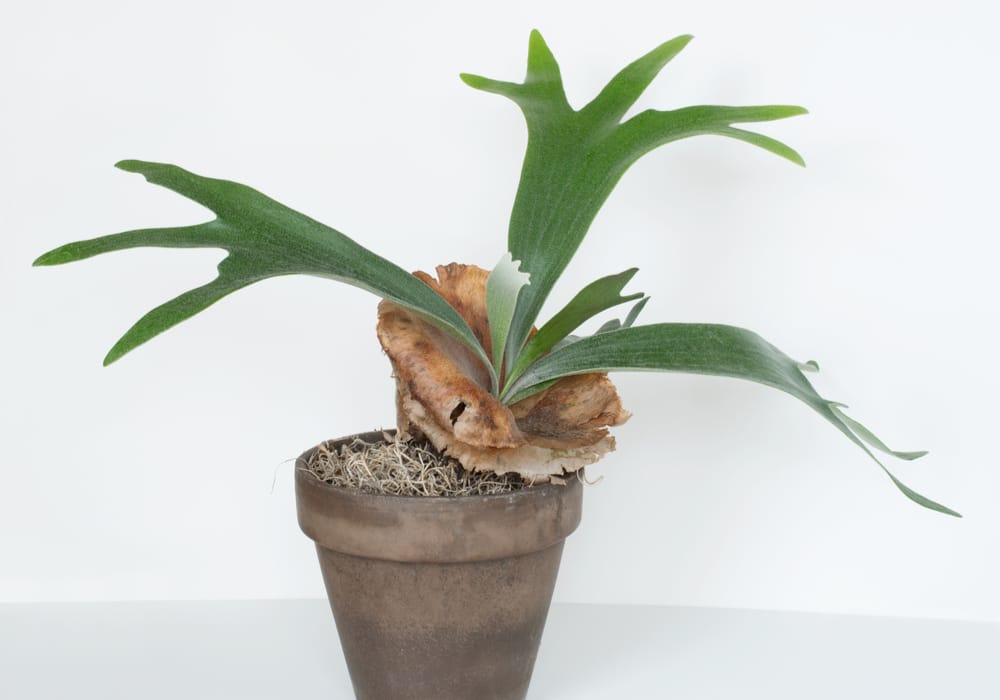
The staghorn fern has two types of leaves, one of which is shaped like the horns of a deer. The other is heart-shaped, so as far as unusual pet-friendly houseplants go, this is one of the more unique among them. The staghorn fern also looks great draping from a hanging basket, and of course, it’s completely pet-safe.
What Houseplants are Not Pet-Friendly?
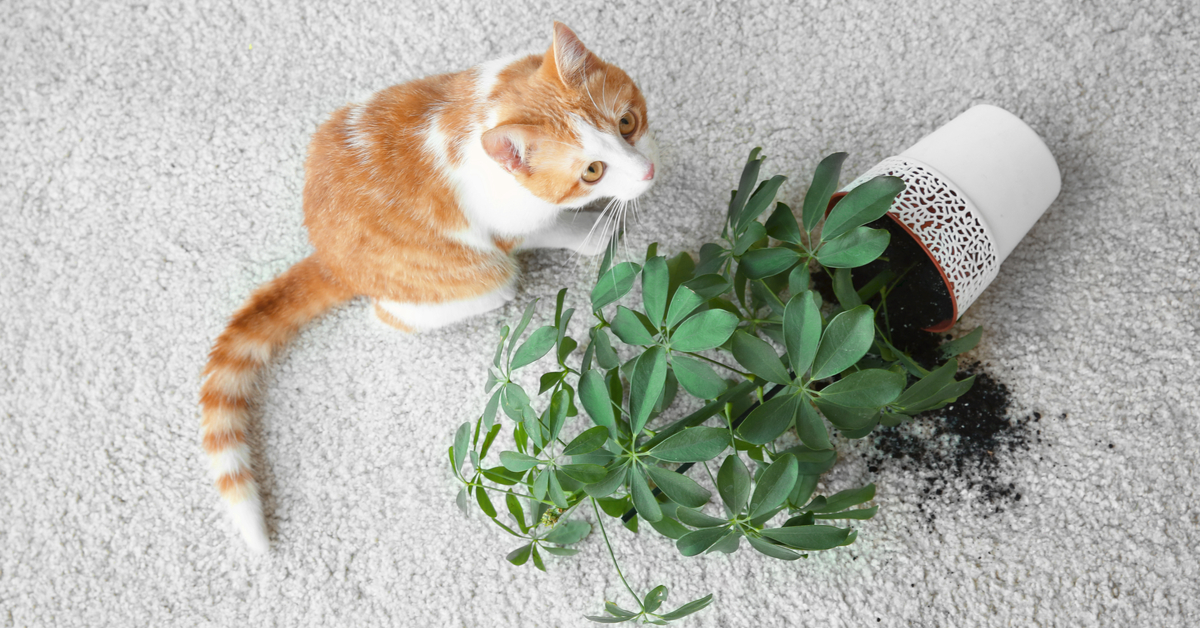
Aside from the pet-safe houseplants you want to include in your home, there are some toxic houseplants you should avoid at all costs. Some of these are very popular houseplants, but if you choose to have them in your home, you need to make sure they are located someplace where your pets can’t get at them.
Toxic houseplants to avoid:
- Aloe vera: This very popular succulent has medicinal qualities that can be beneficial for humans, but the saponins in this houseplant can cause vomiting, lethargy, tremors, diarrhea, and central nervous system depression in your dog.
- Sago Palm: This is one of the more popular houseplants, but every part of it is toxic to your dog. What’s more, these plants are very alluring to dogs because they find them delicious. Unfortunately, they can cause life-threatening problems like liver failure, and they can be deadly.
- Tomato Plants: Many pet owners wouldn’t think twice about having a tomato plant in their garden, but beware because parts of the plant are toxic to your dog. Ingestion of the plant leaves or unripe fruit can cause weakness, problems in the gastrointestinal tract, dilated pupils, drowsiness, a slow heart rate, and confusion.
- Ivy: Many pet owners have ivy growing around the yard or even on the house, but it’s toxic to your pets. It can cause vomiting, diarrhea, drooling and excessive salivation, and abdominal pain in your furry friends.
- Daffodils: These popular flowers bloom in the spring, but if your pets eat them, they can cause intestinal spasms, low blood pressure, tremors, vomiting, diarrhea, and even cardiac arrhythmia (abnormal heartbeat).
- Baby’s Breath: It’s among the more popular houseplants given that it comes in pretty much every bouquet of flowers you’ve ever received. If your pet gets into it, however, it can cause vomiting and diarrhea.
- Tulips: Tulips seem like such lovely flowers, but not for your furry friends, particularly dogs. They can cause gastrointestinal problems, conclusions, and death for Fido.
- Snake plants: Snake plants, which also go by common names such as mother-in-law’s tongue, golden bird’s nest, or sansevieria trifasciata, are very toxic to dogs. Though they are known as good luck plants, that does not apply to pets. Clinical signs of snake plant poisoning include nausea, vomiting, gastrointestinal upset, and diarrhea.
- Pothos: Also known as Devil’s Ivy, pothos is toxic to both dogs and cats. Side effects cause excessive drooling, oral irritation, and difficulty swallowing.
What to Do If Your Pet Is Poisoned
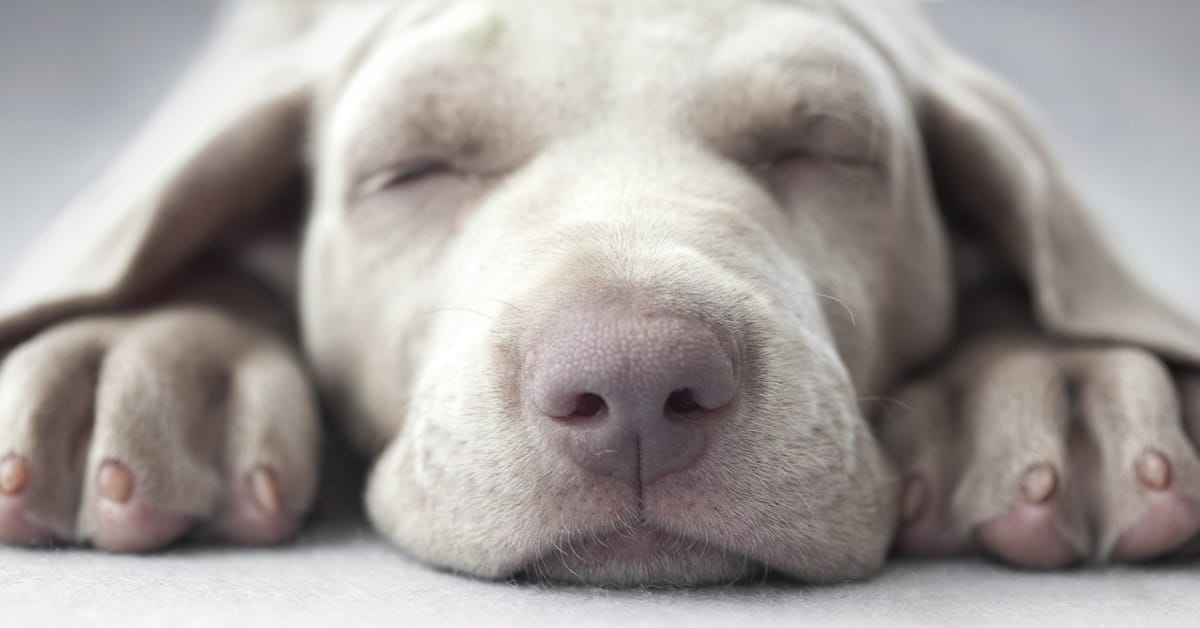
If you think your pet has been poisoned, there are a few tips that can help ensure he can be treated successfully. First, get more information about what he might have eaten. There’s an ASPCA app that can help with that.
Next, call for help to see what you might want to do if anything before you take him to the vet. With some poisons, it can be helpful to induce vomiting, but that’s not true for all. The ASPCA Animal Poison Control Center is always open and they can help you figure out what to do.
Pet parents should stay calm and act with intention. You don’t want to do anything that might make the matter worse. Call the ASPCA Poison Control Center and get your best friend to the vet as soon as you can. These steps can help make sure your pet has the best chance for recovery.
Final Thoughts
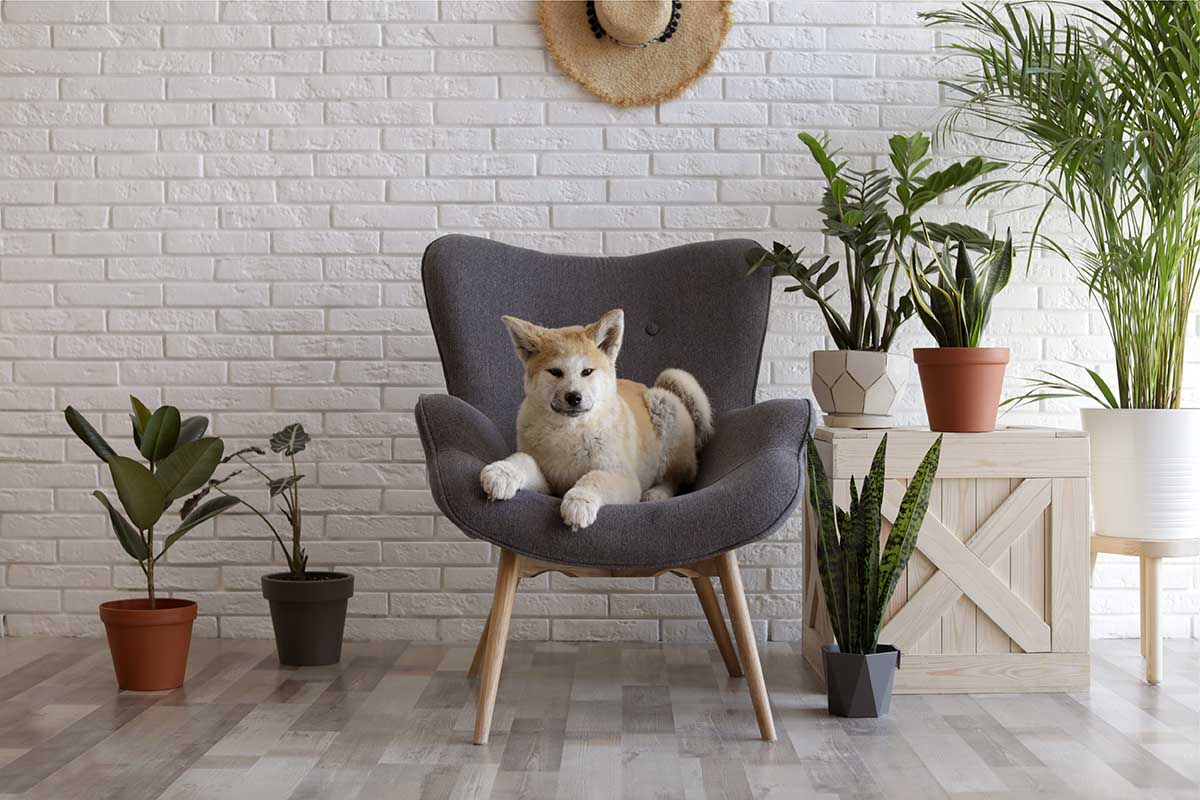
There’s no reason pet owners can have pet-safe and popular houseplants to enjoy. It just takes a little research to make sure the plants you want to bring into areas where your pets might be able to get at them are safe houseplants for the whole family.
Indoor plants can make any space more beautiful and they have air-purifying qualities, but you don’t want to put your best friend at risk. Luckily, many pet-friendly houseplants also require little in the way of plant care, and that makes it easy to choose safe houseplants that will brighten your living space and keep Fido and Fluffy happy as well!
